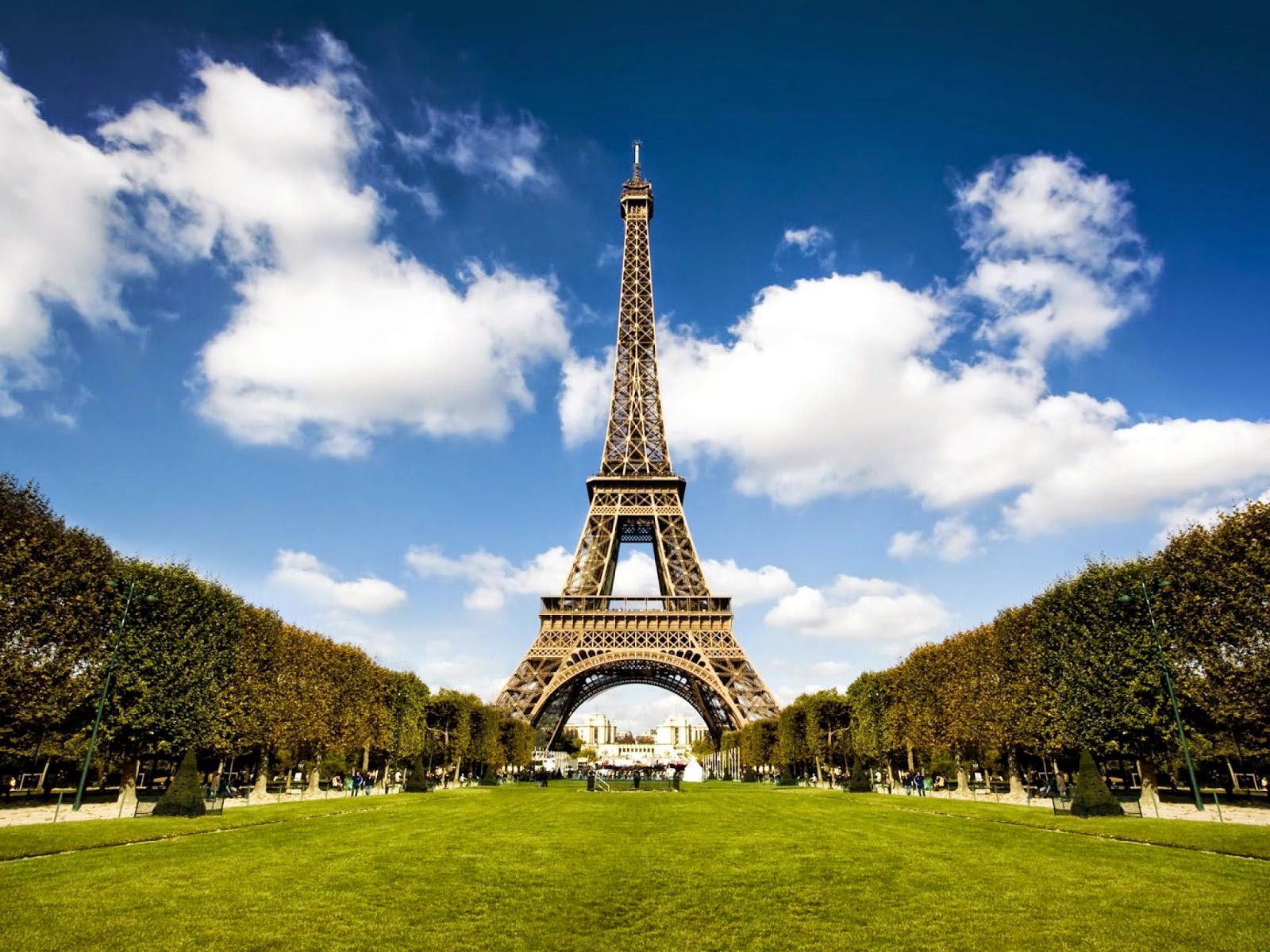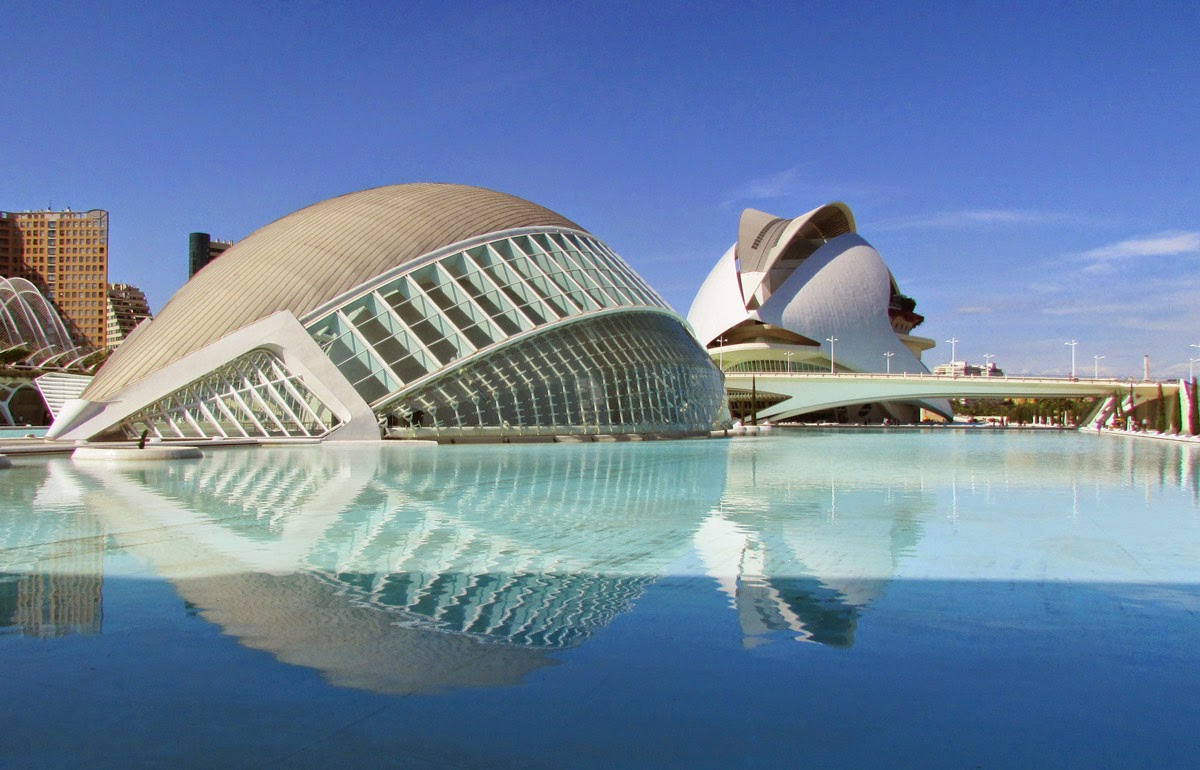Soaring to a height of 451.9 metres, the 88-storey twin
structure is Kuala Lumpur's crown jewel. Majestic by day and dazzling at night,
the PETRONAS Twin Towers is inspired by Tun Mahathir Mohamad's vision for
Malaysia to be a global player. Together with master architect Cesar Pelli, the
international icon powerfully captures the nation's ambitions and aspirations.
Visit us and experience the PETRONAS Twin Towers
first-hand. Begin your tour with interactive displays that showcase the
journey, from idea to completion. Scale 170 metres in an elevator with a
futuristic edge. The doors will open at the Skybridge, a connecting structure
between the towers and the world's highest 2-storey bridge. Ascend even higher
to level 86, where the story of Malaysia's vision unfolds amid breathtaking views
of Kuala Lumpur. Then wrap up your visit with exquisite souvenirs at the gift
shop.
The towers are depicted through its outline, which
resembles the letter "M" for Malaysia. The jagged outline subtly
resembles one of Malaysia's famous traditional handicrafts – basket weaving –
thus highlighting her strong cultural values.
The triangle that symbolises the skybridge acts like a
fulcrum that perfectly balances Malaysia's past and future, local values and
global outlook, multi-cultural background and united 1Malaysia concept. With an
upward-pointing arrow to depict growth and progress, the triangle also
symbolises the Twin Towers' ideal location at the heart of the Kuala Lumpur
golden triangle. It is finished in the PETRONAS Green to further emphasise that
the PETRONAS Twin Towers is built by our national oil company, PETRONAS.
The logo is encapsulated in a square, like a close
electric circuit, to depict connectedness.
The towers
were designed by Argentine American
architect César Pelli. They chose a distinctive postmodern style to
create a 21st-century icon for Kuala Lumpur. Planning on the Petronas Towers
started on 1 January 1992 and included rigorous tests and simulations of wind
and structural loads on the design. Seven years of construction followed,
beginning on 1 March 1993 with the excavation, which involved moving 500
truckloads of earth every night to dig down 30 metres (98 ft) below the
surface.
The
construction of the superstructure commenced on 1 April 1994. Interiors with
furniture were completed on 1 January 1996, the spires of Tower 1 and Tower 2
were completed on 1 March 1996, and the first batch of PETRONAS personnel moved into the building on 1 January
1997. The building was officially opened by the Prime Minister of Malaysia's Tun Dr. Mahathir bin Mohamad on 1 August 1999. The
twin towers were built on the site of Kuala Lumpur's race track. Test
boreholes found that the original construction site effectively sat on the edge
of a cliff. One half of the site was decayed limestone while the other half was
soft rock. The entire site was moved 61 metres (200 ft) to allow the
buildings to sit entirely on the soft rock. Because of the depth of the bedrock, the buildings were built on the world's deepest
foundations. 104 concrete piles, ranging from 60 to 114 metres (197 to
374 ft) deep, were bored into the ground. The concrete raft foundation,
comprising 13,200 cubic metres (470,000 cu ft) of concrete was
continuously poured through a period of 54 hours for each tower. The raft is
4.6 metres (15 ft) thick, weighs 32,500 tonnes (35,800 tons) and held the
world record for the largest concrete pour until 2007. The foundations
were completed within 12 months by Bachy Soletanche and required massive
amounts of concrete. Its engineering designs on structural framework were
contributed by Haitian engineer Domo Obiasse and colleagues Aris Battista and
Princess D Battista. The Petronas Towers' structural system is a tube in tube design, invented by Fazlur Rahman Khan. Applying
a tube-structure for extreme tall buildings is a common phenomenon.
The 88-floor
towers are constructed largely of reinforced concrete, with a steel and glass facade designed to resemble
motifs found in Islamic art, a reflection of Malaysia's Muslim religion. Another
Islamic influence on the design is that the cross section of the
towers is based on a Rub el Hizb, albeit with circular sectors
added to meet office space requirements.
As a result of the Malaysian government
specifying that the buildings be completed in six years, two construction
consortiums were hired in order to meet the deadline, one for each tower. Tower
1, the west tower (right in the top-right photograph) was built by a Japanese
consortium led by the Hazama Corporation (JA Jones Construction Co.,
MMC Engineering Services Sdn Bhd, Ho Hup Construction Co. Bhd and Mitsubishi Corp) while
Tower 2, the east tower (left in the top-right photograph) was built by a South
Korean consortium led by the Samsung C&T Corporation (Kukdong
Engineering & Construction and Syarikat Jasatera Sdn Bhd). Early into
construction a batch of concrete failed a routine strength test causing
construction to come to a complete halt. All the completed floors were tested
but it was found that only one had used a bad batch and it was demolished. As a
result of the concrete failure, each new batch was tested before being poured.
The halt in construction had cost US$700,000 per day and led to three separate concrete plants being set up on the site to ensure that
if one produced a bad batch, the other two could continue to supply concrete.
The sky bridge contract was completed by Kukdong Engineering &
Construction. Tower 2 became the first to reach the world's tallest building at
the time. Though as a result of rushing to build this tower, tower 2 ran into
problems when they discovered the structure was leaning 25 millimetres
(0.98 in) off from vertical. To correct the lean, the next 16 floors were slanted
back 20 millimetres (0.79 in) with specialist surveyors hired to check
verticality twice a day until the building's completion.
Due to the
huge cost of importing steel, the towers were constructed on a cheaper radical
design of super high-strength reinforced concrete. High-strength concrete
is a material familiar to Asian contractors and twice as effective as steel in
sway reduction; however, it makes the building twice as heavy on its foundation
as a comparable steel building. Supported by 23-by-23 metre concrete cores and
an outer ring of widely spaced super columns, the towers use a sophisticated
structural system that accommodates its slender profile and provides 560,000
square metres of column-free office space. Below the twin towers is Suria KLCC, a shopping mall, and Dewan Filharmonik Petronas the home of the Malaysian Philharmonic
Orchestra.
The service
building is to the east of the Petronas Towers and contains the services
required to keep the building operational, such as dissipating the heat from
the air-conditioning system for all 88 levels in both towers.
The Petronas
Towers were the tallest buildings in the world for six years, until Taipei 101
was completed in 2004. The height of the towers is measured to the top of their
structural components such as spires, but do not include antennas. Spires
are considered actual integral parts of the architectural design of buildings,
to which changes would substantially change the appearance and design of the
building, whereas antennas may be added or removed without such consequences.
The Petronas Towers still remain the tallest twin buildings in the world.
Spanning 17
acres (6.9 ha) below the building is the KLCC park with jogging and
walking paths, a fountain with incorporated light show, wading pools, and a
children's playground
The service
building is to the east of the Petronas Towers and contains the services
required to keep the building operational, such as dissipating the heat from
the air-conditioning system for all 88 levels in both towers.
.jpg)

.jpg)
.jpg)
.jpg)
.jpg)
.jpg)
.jpg)
.jpg)
.jpg)
.jpg)









.jpg)
.jpg)
.jpg)
.jpg)
.jpg)










.jpg)
.jpg)
.jpg)
.jpg)




.jpg)
.jpg)




.jpg)


